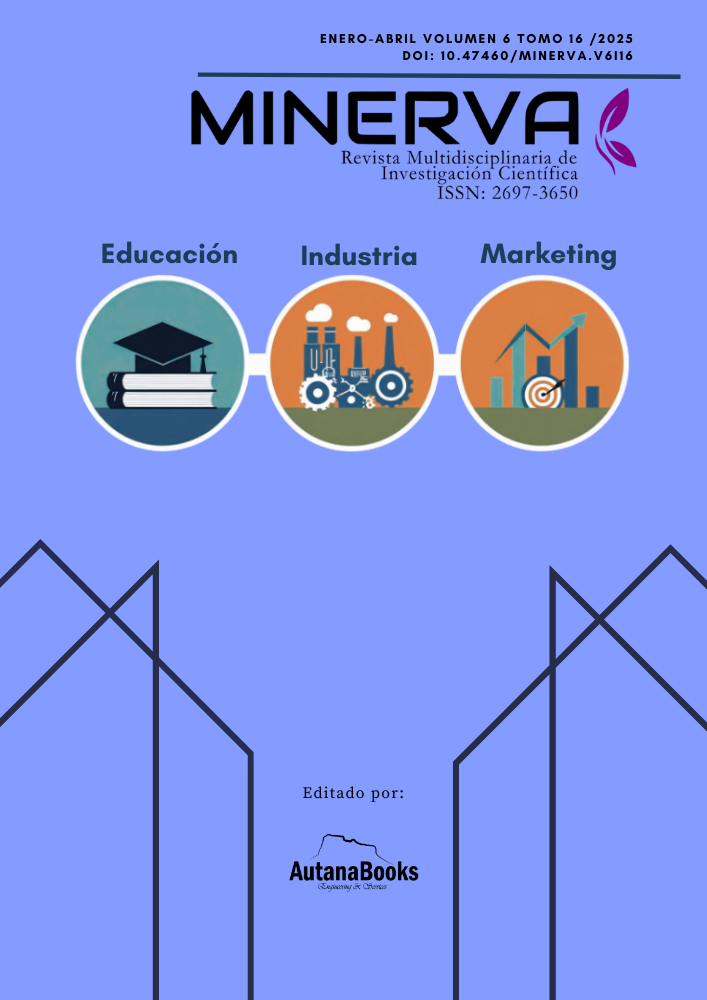Abstract
Reading comprehension is fundamental for the meaningful learning of scientific concepts, by facilitating the connection between abstract knowledge and its practical application. This study evaluates the effectiveness of literary texts as a pedagogical tool in the teaching of Newton's laws at the secondary level. From an interdisciplinary approach, two groups were compared: a control group, which followed a traditional method, and an experimental group, to which an innovative approach was applied that integrates literature with concepts from Physics. The results showed that the students in the experimental group demonstrated a deeper understanding and greater motivation towards learning. This approach not only addresses conceptual gaps, but also encourages the development of analytical and creative skills. The findings suggest that the integration of seemingly distant disciplines, such as literature and science, significantly enriches the teaching of physics and could be successfully applied in other areas of knowledge.
References
[2] D. E. O. Organización para la Cooperación y, Resultados PISA 2018: Conocimientos financieros de los estudiantes, 2018.
[3] M. d. S. ElizodoTreviño, «Dificultades en el proceso de enseñanza aprendizaje de la Física,» Presencia Universitaria, vol. 3, nº 5, pp. 70-77, 2013.
[4] C. González y F. Pérez, «Uso de textos literarios en la enseñanza de la física: una propuesta interdisciplinaria,» Revista Latinoamericana de Ciencias, vol. 5, nº 2, pp. 101-117, 2020.
[5] Ineval, Resultados del Examen Ser Bachiller, Quito - Ecuador: Instituto Nacional de Evaluación Educativa, 2022.
[6] M. A. Moreira, «Enseñanza de la física: aprendizaje significativo, aprendizaje mecánico y criticidad,» Revista de la Enseñanza de la física, vol. 26, nº 1, pp. 45-52, 2014.
[7] K. Y. Ubaque Brito, «Experimento: una herramienta fundamental para la enseñanza de la física,» Gógola, enseñanza y aprendizaje de las ciencias, vol. 4, nº 1, pp. 35-40, 2009.
[8] A. B. Arons y K. Kurki-Suonio, «Teaching Introductory Physics,» European Journal of Physics, vol. 19, nº 2, p. 315, 1998.
[9] D. Hestenes, M. Wells y G. Swackhamer, « Force concept inventory,» The physics teacher, vol. 30, nº 3, pp. 141-158, 1992.
[10] C. Snow, Snow, C. (2002). Reading for understanding: Toward an R&D program in reading comprehension., Rand Corporation., 2002.
[11] C. Gómez Toledo y P. Porcile Saavedra, «¿Mejorará la comprensión lectora, aplicando módulos indagatorios en los contenidos de Física?,» Bio-grafía, vol. 16, 2023.
[12] A. Almeida Cantoní, «En aprendizaje significativo en el contexto educativo,» Ciencia y Poder Aéreo, vol. 2, nº 1, pp. 6-9, 2007.
[13] E. L. Deci y R. M. Ryan, Intrinsic Motivation and Self-Determination in HumanBehavior, Springer, 1985.
[14] R. Hernández Sampieri, C. Fernández Collado y P. Baptista Luico, «Sampieri, R., Fernández, C., & BaDefiniciones de los enfoques cuantitativo y cualitativo, sus similitudes y diferencias.,» Metodología de la Investivación, vol. 22, pp. 2-21, 2014.
[15] C. Delgado, «Estrategias de investigación. Diseños observacionales, estudios descriptivos,» Revista Chilena de cirugia, vol. 53, nº 2, pp. 229-233, 2001.
[16] G. Polya y G. Pólya, «How to solve it: A new aspect of mathematical method,» Princeton University press, vol. 34, 2014.
[17] A. Torres Hernández y J. J. Mondéjar Rodríguez, «La comunicación educativa en el proceso enseñanza-aprendizaje de la física,» Atenas, vol. 2, nº 30, pp. 14-26, 2015.
[18] J. Calizaya, Y. Alemán, R. Bellido y F. Ceballos, La investigación cuantitativa en las ciencias sociales, Segunda ed., Quito: AutanaBooks, 2022.

This work is licensed under a Creative Commons Attribution 4.0 International License.

